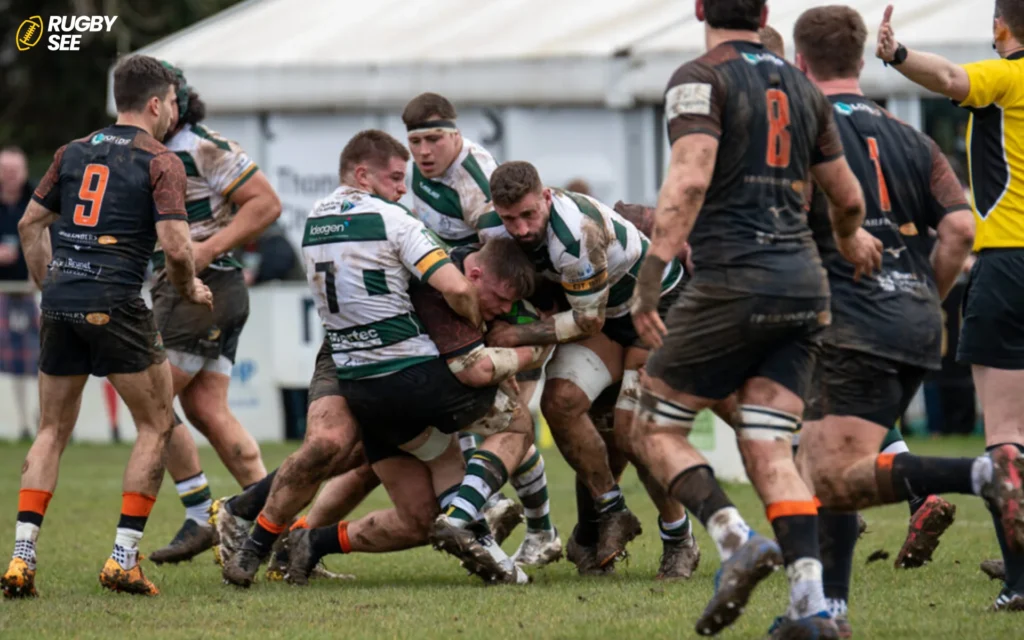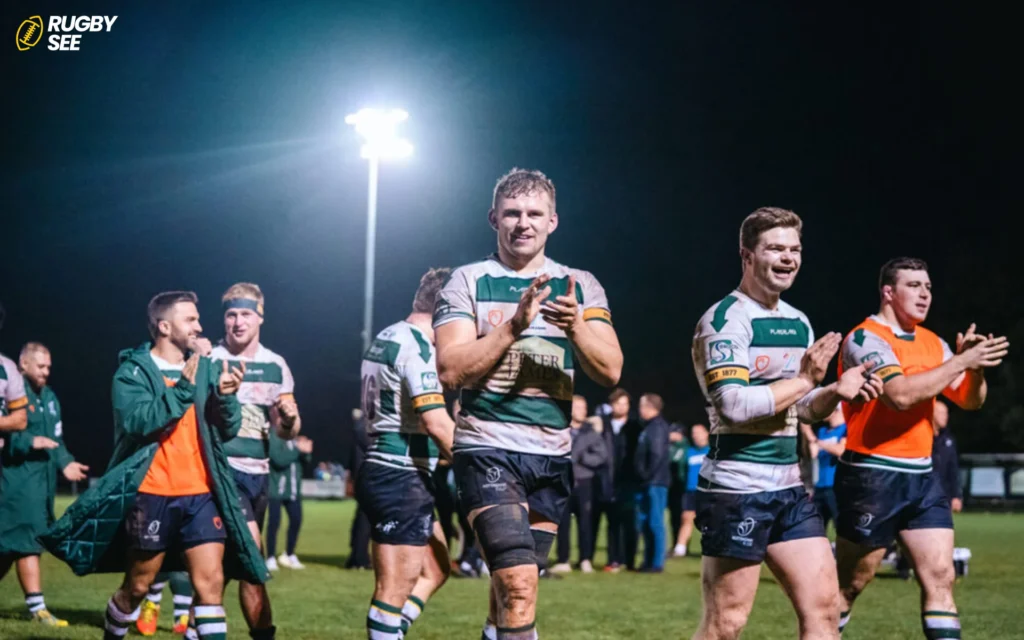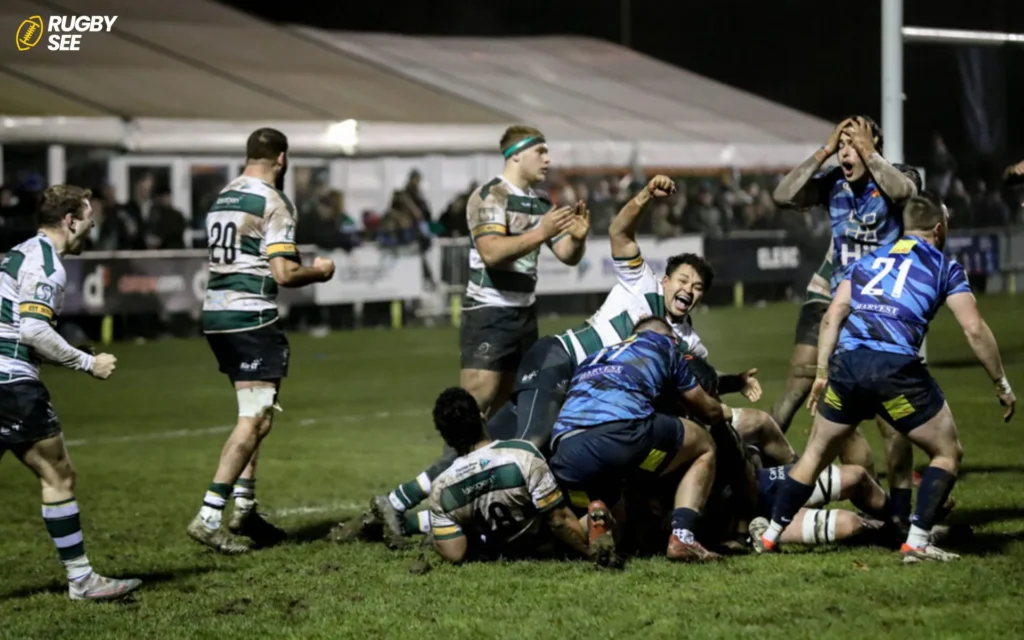In the world of rugby, the physical demands and intense nature of the sport is worn as a badge of honor. Among these, one of the most distinctive signs is the “cauliflower ear”, a term that has become almost synonymous with experienced rugby players. But what causes cauliflower ear in rugby players and why is it so common? This article from Rugbysee looks at the science behind cauliflower ear, how it affects players and what can be done to prevent this infamous injury.
Understanding Cauliflower Ears
Cauliflower ear, medically known as an auricular hematoma, occurs when the ear’s cartilage is damaged, leading to a buildup of blood between the cartilage and skin. If left untreated, the accumulated blood can harden, leading to the lumpy, distorted appearance characteristic of a cauliflower ear. This condition is not exclusive to rugby; it can be seen in wrestling, martial arts, and other contact sports.
The Rugby Connection: How It Happens
In rugby, the scrum is a central element of the game, involving eight players from each team binding together and pushing against their opponents. This close contact, combined with the sport’s physical tackles, rucks, and mauls, puts players at a high risk of suffering blows to the head and ears. These repetitive impacts can lead to the cartilage damage and subsequent blood pooling that results in cauliflower ears.
The Role of Prevention and Treatment
Recognizing the long-term impact of cauliflower ears, including potential hearing loss and cosmetic concerns, rugby culture has evolved to emphasize prevention and early treatment:
- Protective Gear: The use of scrum caps and headguards, designed to cushion blows to the head and ears, has become more prevalent. While not mandatory, their adoption by players at all levels of the sport underscores the growing awareness of injury prevention.
- Immediate Medical Attention: Quick response to ear injuries, including draining accumulated blood and ensuring proper healing, can prevent the formation of cauliflower ears. Rugby teams often have medical professionals on hand during games and training sessions to provide immediate care.

The Stigma and Badge of Honor
Despite the potential for serious injury, the perception of cauliflower ears in the rugby community is complex. For some, these scars are seen as a badge of honor, a tangible sign of dedication to the sport and its physical demands. However, there is a growing recognition of the importance of injury prevention and player welfare, shifting the narrative towards safeguarding athletes’ long-term health and well-being.
Changing Attitudes and Player Health
The rugby world’s attitude towards cauliflower ears and player health, in general, is evolving. With increased understanding of sports-related injuries and their long-term effects, there’s a stronger emphasis on prevention, early treatment, and player education. This shift is part of a broader movement in sports towards prioritizing athlete health, recognizing that the true strength of the sport lies in the health and vitality of its players.
Continuing from where we left off, let’s delve deeper into the implications of cauliflower ears and the ongoing efforts within the rugby community to address this issue.
The Psychological Impact of Cauliflower Ears
While much of the discussion around cauliflower ears focuses on the physical aspects, it’s important to acknowledge the psychological impact on players. For some, the altered appearance can affect self-esteem and body image, especially in severe cases that result in significant deformation. The rugby community’s response to this has been varied, with support systems and educational programs being developed to help players cope with the changes and challenges brought by such injuries.

The Science of Healing and Recovery
The treatment of cauliflower ears has advanced alongside medical science. Immediate measures include draining the blood from the ear to prevent cartilage damage. This is often followed by compression dressings to keep the ear’s shape and prevent fluid from reaccumulating. In some cases, surgical intervention may be necessary to remove scar tissue or correct deformities. The goal is always to restore function and appearance as much as possible, highlighting the importance of early and effective treatment and if you want to know about Rugby Shirts read Why do rugby shirts have rubber buttons.
Prevention: A New Rugby Ethos
The shift towards injury prevention reflects a broader change in rugby’s culture. This includes:
- Education: Players, coaches, and medical staff are now more informed about the risks of untreated ear injuries, leading to quicker responses and better outcomes.
- Technology: Advances in protective gear, including more effective scrum caps, offer players better protection while maintaining comfort and performance.
- Regulation Changes: Rugby governing bodies have implemented rule changes to make the game safer, reducing the likelihood of injuries that can lead to cauliflower ears.
Community and Support
The rugby community plays a crucial role in addressing the issue of cauliflower ears. From grassroots clubs to professional teams, there’s a growing emphasis on creating a supportive environment. This includes sharing information about injury prevention, encouraging the use of protective gear, and fostering an atmosphere where player welfare is a priority. Social media and player associations also offer platforms for players to share their experiences and advice, further strengthening the community’s resolve to tackle this issue.

The Future of Rugby and Player Health
Looking ahead, the future of rugby lies in balancing the physical demands of the sport with the health and well-being of its players. Ongoing research into sports injuries, improved protective equipment, and a sustained focus on education and prevention are key. As rugby continues to evolve, the goal is to minimize injuries like cauliflower ears, ensuring that players can enjoy long, healthy careers and retire from the sport without long-term physical consequences and if you want to know about Small rugby Players read The Unseen Giants: Can You Be a Small Rugby Player.
Cauliflower ears, a once-common sight in rugby, symbolize the sport’s rugged nature and the physicality it demands. However, as awareness grows and attitudes shift, the emphasis is increasingly on preventing such injuries, reflecting a broader commitment to player health and safety. This evolution speaks to rugby’s ability to honor its traditions while adapting to the needs of its players, ensuring that the sport continues to thrive for generations to come.










